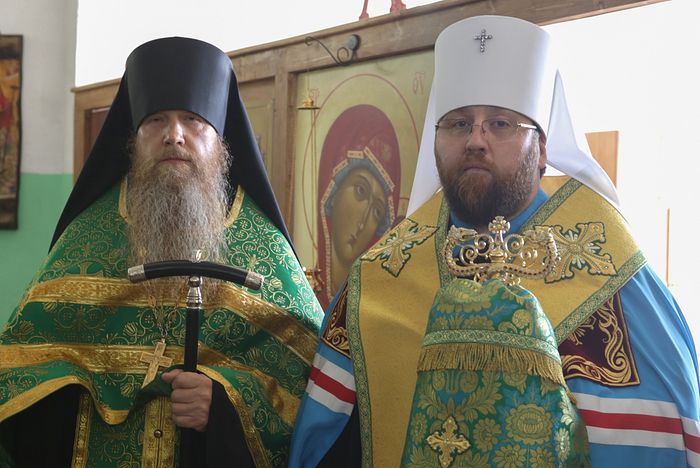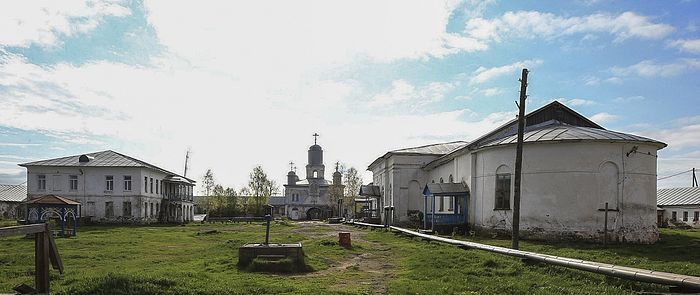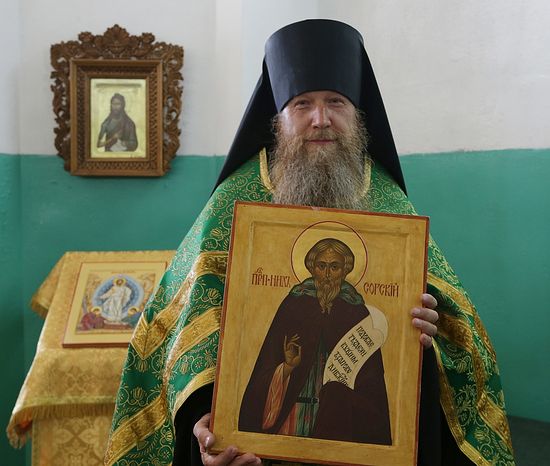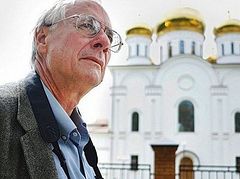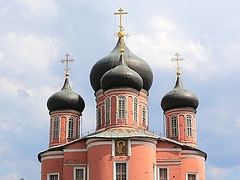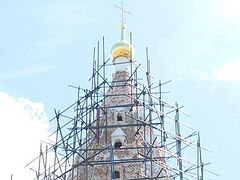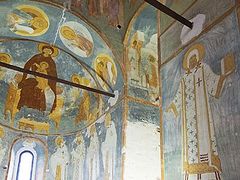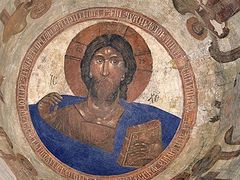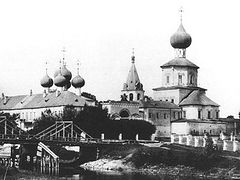Vologda, Russia, June 13, 2019
On May 30, the Holy Synod of the Russian Orthodox Church resolved to open two men’s monasteries in the Vologda Diocese: the St. Nilus of Sora Hermitage and the Vladimir-Zaonikievsk Theotokos Hermitage near Vologda.
On June 9, the Sunday of the Holy Fathers of the First Ecumenical Council, His Eminence Metropolitan Ignatius of Vologda and Kirillov installed Hieromonk Euthymius (Ershov) as the abbot of the ancient St. Nilus of Sora Hermitage, reports the Synodal Department for Monasteries and Monasticism of the Russian Orthodox Church.
The service was attended by the abbots of the monasteries of the Vologda Diocese, the ordained monastics of the St. Cyril of White Lake Monastery, and clergy of the diocese.
“The St. Nilus of Sora Hermitage has again become a monastery,” said Met. Ignatius after installing the new abbot. “Now awaits the brothers’ long and painstaking work on themselves, the work on the buildings, and their work with their flock.”
“It is a difficult but rewarding task,” the hierarch assured the brethren. “St. Nilus of Sora supported such work, and these buildings where the residents of the monastery now live are much more comfortable than the conditions in which St. Nilus of Sora, whose holy relics lie hidden under the Tikhvin Church, began his podvig on this earth. I believe that St. Nilus, our God-bearing father, will guide the life of the monastery and all its surroundings, and we will help him.”
Met. Ignatius also noted that in his 5 years as head of the Vologda Diocese, the number of monasteries has grown from 4 to 11. “However, it’s too early to relax: There are still many ruined churches and monasteries that remain to revive and restore in this province,” the hierarch said, adding a sobering word.
***
The St. Nilus of Sora Hermitage was founded more than 500 years ago in a wooded and swampy place 10 miles from the St. Cyril of White Lake Monastery, and has known spiritual and economic highs and lows over the years.
The history of the monastery is bound up with its founder, St. Nilus of Sora (1433-1508), one of the founders of the Non-Possessors movement, who was convinced of the advantages of the contemplative skete life while on pilgrimages to Constantinople and Mt. Athos. Upon his return in 1480, he retired to the Sora River, where he tried to realize his ideal.
The hermitage’s stone architectural ensemble dates to the late 19th century. The peaceful life of the monks came to an end with the revolution in Russia. One of the first soviet decrees was to transfer the monastic land and buildings to the disposal of local authorities.
A correctional colony was later established on the territory of the hermitage. The monastery was officially closed on August 8, 1927 and transferred for cultural needs to the population of Kirillov.
The hermitage now has the status of a cultural monument, though the buildings are dilapidated. The Holy Protection Gate Church, the abbot’s residence, the rebuilt Tikhvin Cathedral, and cells built into the walls of the monastery remain from the 19th-20th ensemble. St. Nilus’ relics lie at the southeast corner of the cathedral.
On December 3, a psychoneurological boarding school located on the territory of the hermitage for 60 years was closed, and the first Divine Liturgy since the soviet-era closure was held on the feast of Nativity. The first Hierarchical Liturgy was celebrated on February 17, the Sunday of the Publican and the Pharisee.
Follow us on Facebook!

